Emulsion Skin Care: 5 Benefits And How To Apply
Elevate your skincare with lightweight formulations that unveil a naturally healthy complexion.

Image: Shutterstock
If you are a skin care enthusiast, you should consider using an emulsion for the skin. An emulsion combines all of the perks of a face moisturizer with a few extra benefits. It aids in the sealing of hydration and preventing moisture loss from the skin’s surface.
Since it is light, an emulsion gets easily absorbed into the skin and works quickly. It is a terrific alternative for folks with oily skin because it is water-based and does not clog pores. Make sure you use an emulsion the correct way to get the most out of it. It is best applied as the last step in your skin care regimen to seal the benefits of the other products you use.
But, are emulsions and moisturizers the same thing? Keep reading to learn everything there is to know about emulsion skin care and why you should consider including it in your everyday skin care regimen.
In This Article
What Is An Emulsion?
First, let’s brush up on some basic chemistry! Remember what you were taught about miscible and immiscible liquids in school? If you do, then you probably know that immiscible liquids are two liquids, such as water and oil, that do not completely dissolve in each other.
But, there is a secret to blending together two substances that do not mix naturally. This is exactly what an emulsion is a mixture of two substances that would not ordinarily mix together. The unique ingredient that helps the two liquids bind and stay together is called a surfactant or emulsifier.
In the cosmetic world, an emulsion can be described as a watered-down or diluted version of a moisturizer made by blending water and oily substances. It is considered something of a hybrid between a moisturizer and a serum. They are extremely lightweight and offer the benefits of serums and moisturizers without causing greasiness.
Let us now review what an emulsion can do for your skin.
Key Takeaways
- An emulsion, formulated by diluting moisturizer with water and beneficial oils, helps seal your skin’s natural moisture content while preventing any moisture loss from the surface.
- Emulsions are lightweight and water-based. They get easily absorbed into the skin’s layers without clogging pores.
- An emulsion falls in between moisturizer and serum and works best for dry dehydrated skin as well as oily acne-prone skin.
- You can use an emulsion to hydrate your skin before you apply your moisturizer or as a sealant after all your routine skincare steps.
What Do Emulsions Actually Do?
To understand what emulsions do for the skin, you first need to know the difference between hydration and moisturization.
Most people think hydration and moisturization are the same. But, that is not true. While both hydration and moisturization keep your skin supple and prevent it from drying out, they both work in different ways.
Hydration essentially refers to the water content in the skin’s cells. Proper hydration is vital to improve the elasticity of your skin and keep it looking plump (1). Moisturizers, on the other hand, help maintain or seal in moisture by acting as a protective barrier on the skin. Both hydration and moisturization are important to keep your skin healthy, and emulsions help to strike just the right balance between these two.
These lightweight creams are formulated to deliver oil-based ingredients to the skin without leaving any oily residue. When the product is applied, any excess water evaporates from the surface of the skin. A layer of the oil-soluble product is left behind along with some water or moisture content. This water is bound to the skin by surfactants, thus increasing the water content in the skin (2).
If you are not well-versed in emulsion skincare, you could be confused about when to work this product into your skin care routine. Find out more about this below.
When Do You Use Emulsions?
An emulsion is not as dense as a moisturizer, but it is also not as light as a serum. So, ideally, the best time to use an emulsion is immediately after applying a serum or just before slathering on your moisturizer.
That said, emulsion products can vary. Some emulsions are formulated to create a moisture barrier and act as a sealant. Therefore, they are more effective when applied after serums or other products. This helps to trap all the products in the skin and get the most out of their ingredients.
Other emulsion products, however, may work well even when applied last in your routine. They do not create a moisture barrier, allowing products to penetrate and nourish the skin. Check the label for instructions on how and when to use the product.
 Quick Tip
Quick TipIf an emulsion does not include any specific instructions, you may stick to using it after serum. Some people with oily skin may also forgo moisturizer altogether and use only emulsions instead. So, how you use an emulsion product eventually comes down to your skin type too.
Now, you might be wondering if emulsion skin care is suited for your skin type. After all, everyone’s skin is different and requires a personalized skin care routine. So, let’s find out what skin types benefit the most from emulsions.
Do Emulsions Work For All Skin Types?
Korean emulsions are known to work best on oily skin and skin that is prone to acne as it provides an instant boost of hydration without making the skin greasy or clogging its pores. But, this does not mean that these products are not suited for other skin types. People with combination skin or dry skin can reap the same benefits too.
For oily, combination, or acne-prone skin, the Korean emulsions work as an alternative to moisturizers and heavier creams, especially during warmer seasons when the skin needs hydration without excessive weight. Dry or normal skin types, on the other hand, can use emulsions in conjunction with moisturizers. Emulsions act as a supplementary layer of hydration when paired with a richer moisturizer, helping to seal in moisture and prevent dryness throughout the day.
Interested to learn more about the benefits of emulsions for your skin? Keep reading.
What Are The Benefits Of Emulsions For Your Skin?
Below are some of the incredible benefits of using emulsions:
- Hydration
Emulsions are lightweight and can deeply hydrate the skin. So. if your skin requires more extra hydration, emulsion skin care may work for you. This may help repair damaged skin, restore skin elasticity, and make your skin look more youthful.

 Quick Tip
Quick Tip- Gets Absorbed Easily
Unlike moisturizers and heavy creams, emulsions are much lighter. Their lightweight formula allows them to sink into the skin quickly and deliver immediate results.
- Non-Comedogenic
Comedogenic products such as heavy and greasy moisturizers can clog your pores, resulting in acne, whiteheads, and blackheads. Fortunately, emulsions don’t contribute to this problem. They leave little or no greasy residue behind as they are water-based.
- Strengthen The Skin Barrier
You probably know that the skin barrier is your body’s first defense against bacteria and external damage. A healthy skin barrier is, therefore, essential for healthy skin. Emulsions form an oily layer on the skin that helps to protect the lipid barrier. This layer can protect your skin from sun damage, dryness, and problems such as inflammation, irritation, and itching.
- Addresses Specific Skin Issues
Emulsions not only moisturize and nourish the skin but target specific skin issues, too. So if you want more than just hydration for your skin, look for emulsions that can treat specific skin complaints.
Emulsions containing salicylic acid, for example, can be helpful for treating acne. If you have dry, cracked, or flaky skin, you can choose an emulsion formulated with humectants like hyaluronic acid.
This brings us to the important question: How do you apply emulsions to the skin? Let’s find out!
How To Apply Emulsion
- Lightly dab a few dots of the product onto your cheeks, forehead, nose, and chin.
- Gently glide and spread the emulsion all over your face with your fingertips using upward motions. As the product is not sticky, it should be easy to work with.
You’ll benefit the most from an emulsion if you use it in the final steps of your skin care routine. This will ensure that the products you put on your skin are locked in. Make sure to follow up the emulsion with sunscreen if you are stepping out during the day.
If you are still not convinced that emulsions need to be a part of your skin care routine, here are some reasons why you should consider otherwise.
Why You Should Consider Adding An Emulsion To Your Skin Care Routine
If you are new to emulsion skin care, you may be wary of adding this new product to your skin care routine. But as we mentioned earlier, emulsions offer a whole range of benefits for the skin. If you have greasy, oily skin, this product can be particularly good for you.
Unlike standard moisturizers and creams, emulsions work more quickly and effectively. So, if you are struggling with dry or dehydrated skin, it is another reason why you should incorporate it into your skin care routine.
Emulsions can penetrate the skin’s barrier more deeply, helping to instantly restore the glow to your complexion. Moreover, since these products have a lightweight formula, you do not have to worry about breakouts or your face looking like a greasy mess by mid-day.
An emulsion is a great way to keep your skin moisturized without the heaviness. But is it better than a cream? Find out in the next section.
Emulsion Vs. Cream
An emulsion is a lightweight, water-based formula that swiftly gets absorbed into your skin. They are suitable for normal to oily skin types as they offer hydration without a greasy residue, ensuring a fresh feel throughout the day.
A cream is a richer, oil-based texture that creates a protective barrier to prevent moisture loss and deliver intense hydration. They are ideal for combating dryness and promoting a supple complexion.
While emulsions are suitable for morning use, creams are perfect for those who seek a nourishing effect, making them perfect for nighttime rituals or when your skin requires an extra dose of care.
Korean emulsions contain various ingredients that can help your skin seem younger and healthier. These products can be used on any skin type to help it look more rejuvenated, moisturized, and smoother than before. Remember that using an emulsion in the correct order in your daily skin care routine will give you the best results. For example, you can use an emulsion in addition to your moisturizer and serums, or you can replace your moisturizer with an emulsion to streamline your skin care routine. However, if you are unsure whether emulsion is ideal for you, talk to your dermatologist about which one would be best for your skin.
Frequently Asked Questions
What is the difference between lotion and emulsion?
A lotion is watery and is transparent like an essence but a little more gel-like. In contrast, an emulsion is a thin moisturizer that is lighter and runnier than your typical day cream.
Emulsion vs. essence – which is better?
Essence is a moisturizing agent similar to serums and treatments. Depending on how your skin feels, you may or may not apply them daily. Emulsion is a mild moisturizer in disguise. It’s usually applied after toner but before serums, essences, or moisturizers.
Unveil the secrets to luscious lips and delve into the myriad benefits of lemon lip balm. Learn how it moisturizes, protects, and rejuvenates your lips, shielding them from harsh elements keeping them healthier and supple all year round.
References
Articles on StyleCraze are backed by verified information from peer-reviewed and academic research papers, reputed organizations, research institutions, and medical associations to ensure accuracy and relevance. Read our editorial policy to learn more.
- The influences of skin viscoelasticity, hydration level and aging on the formation of wrinkles: a comprehensive and objective approachhttps://onlinelibrary.wiley.com/doi/full/10.1111/j.1600-0846.2012.00650.x
- The Chemistry behind Moisturizershttps://illumin.usc.edu/the-chemistry-behind-moisturizers/
Read full bio of Bianca Lorena Saldes
Read full bio of Arshiya Syeda
Read full bio of Ramona Sinha
Read full bio of Monomita Chakraborty











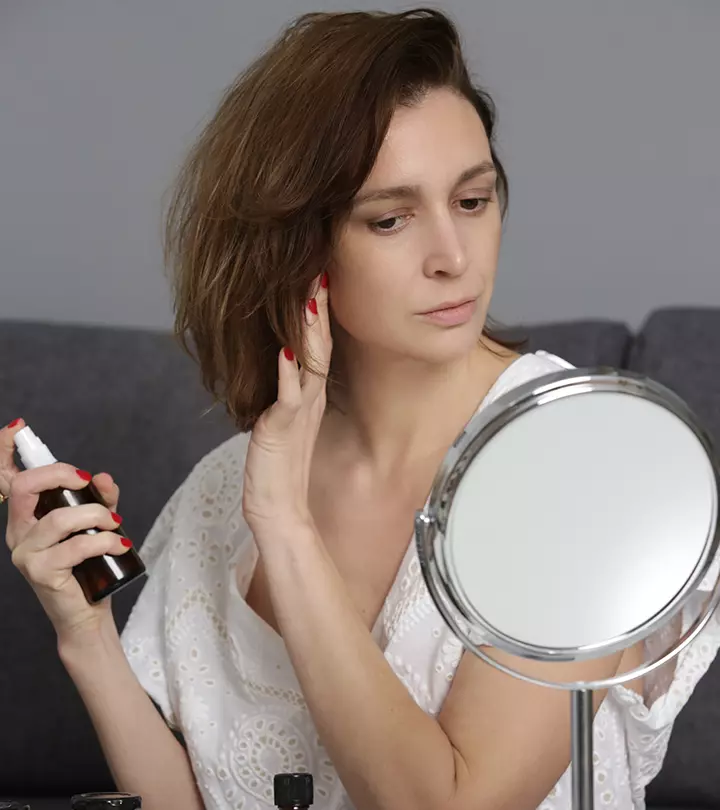
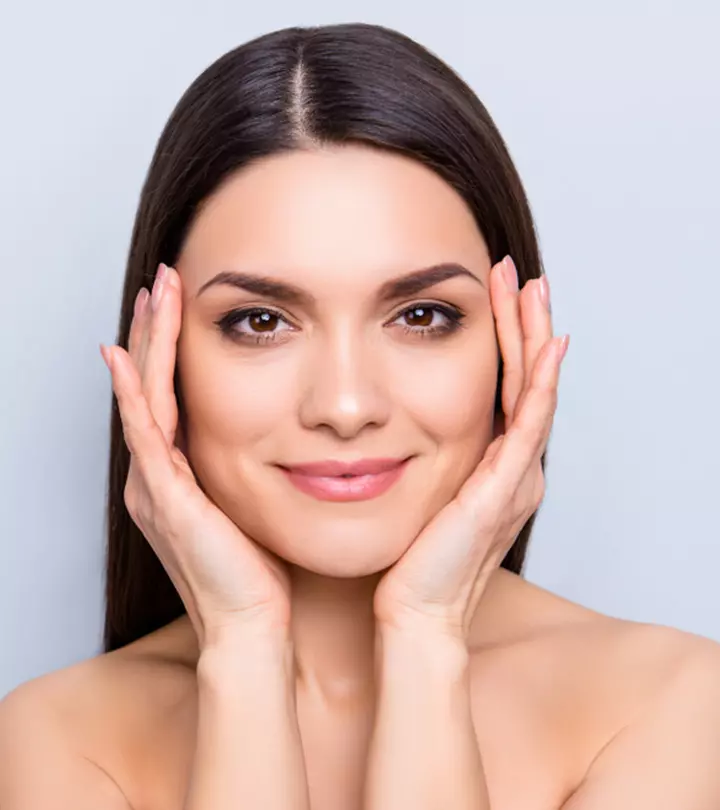





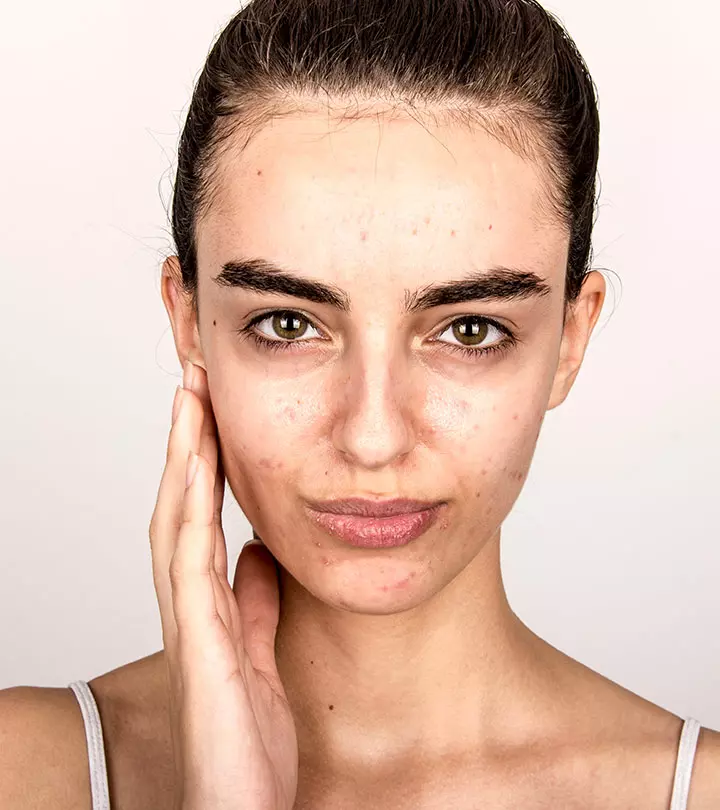
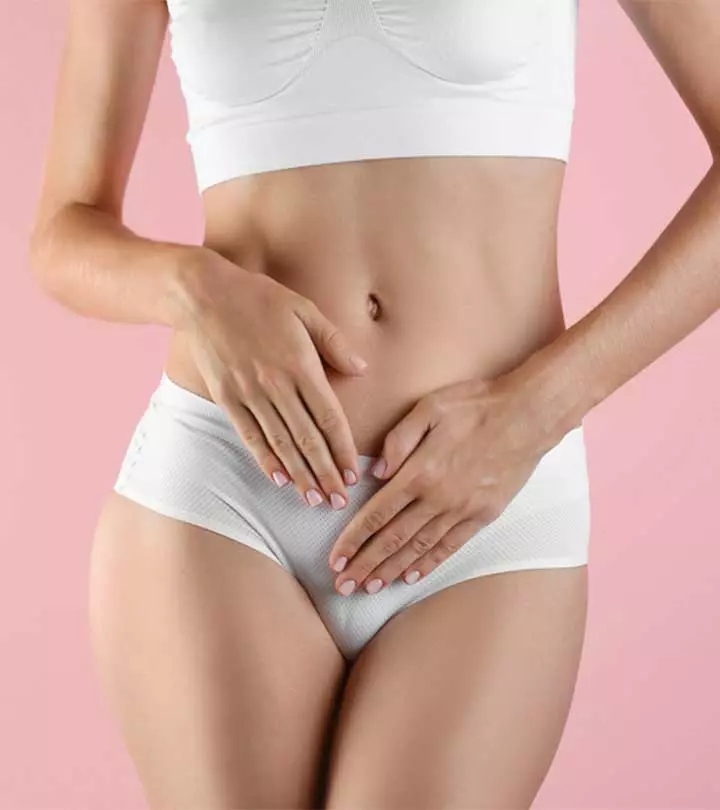

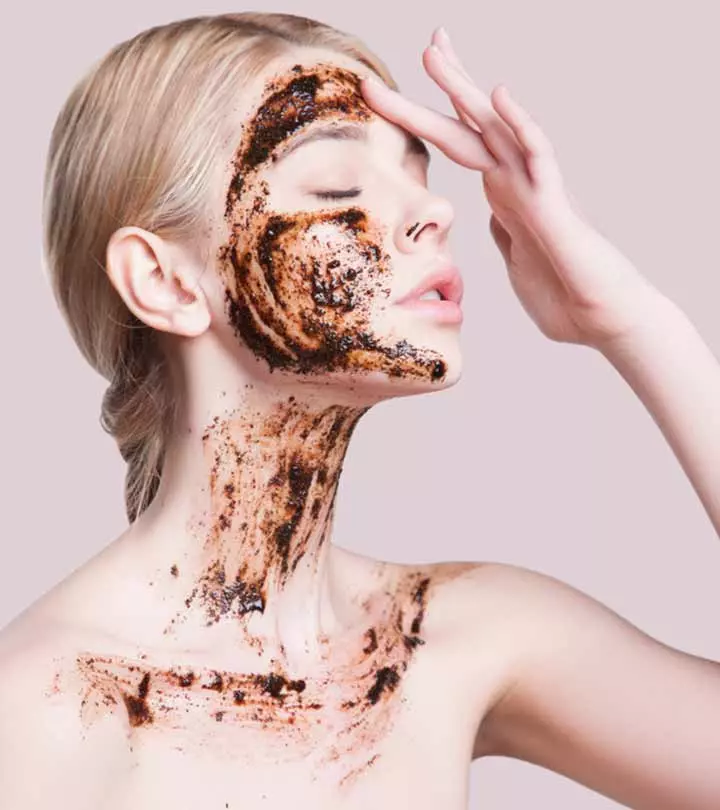




Community Experiences
Join the conversation and become a part of our empowering community! Share your stories, experiences, and insights to connect with other beauty, lifestyle, and health enthusiasts.